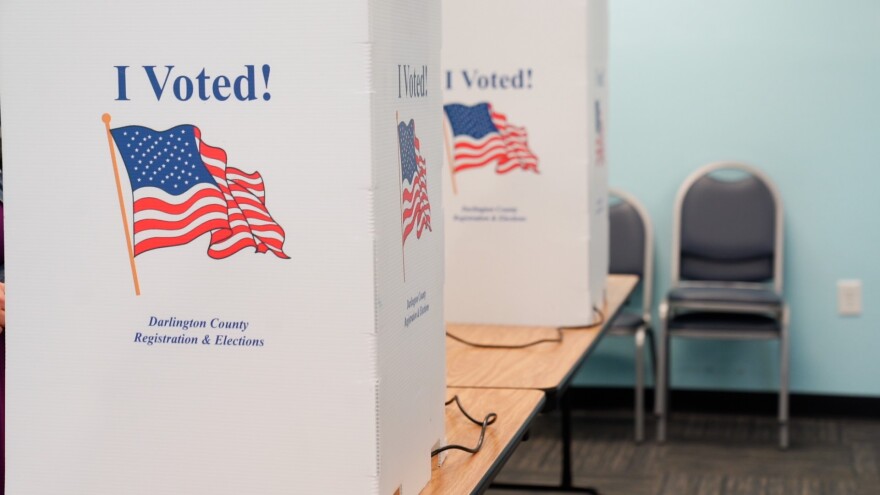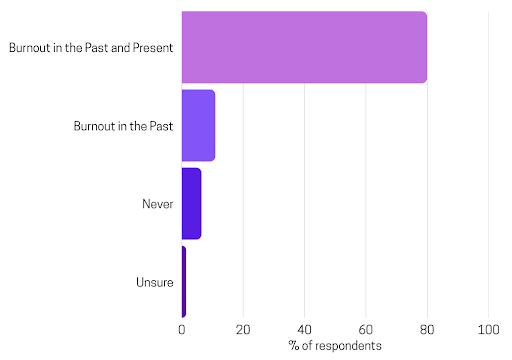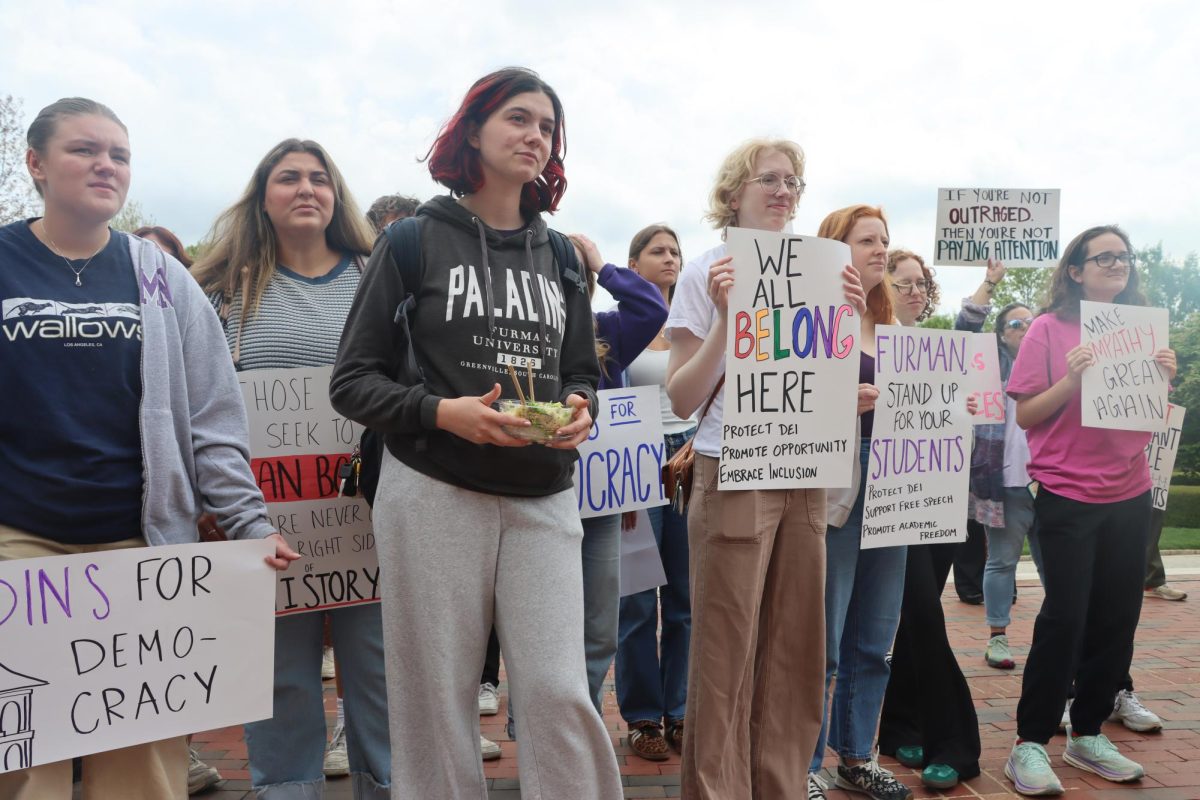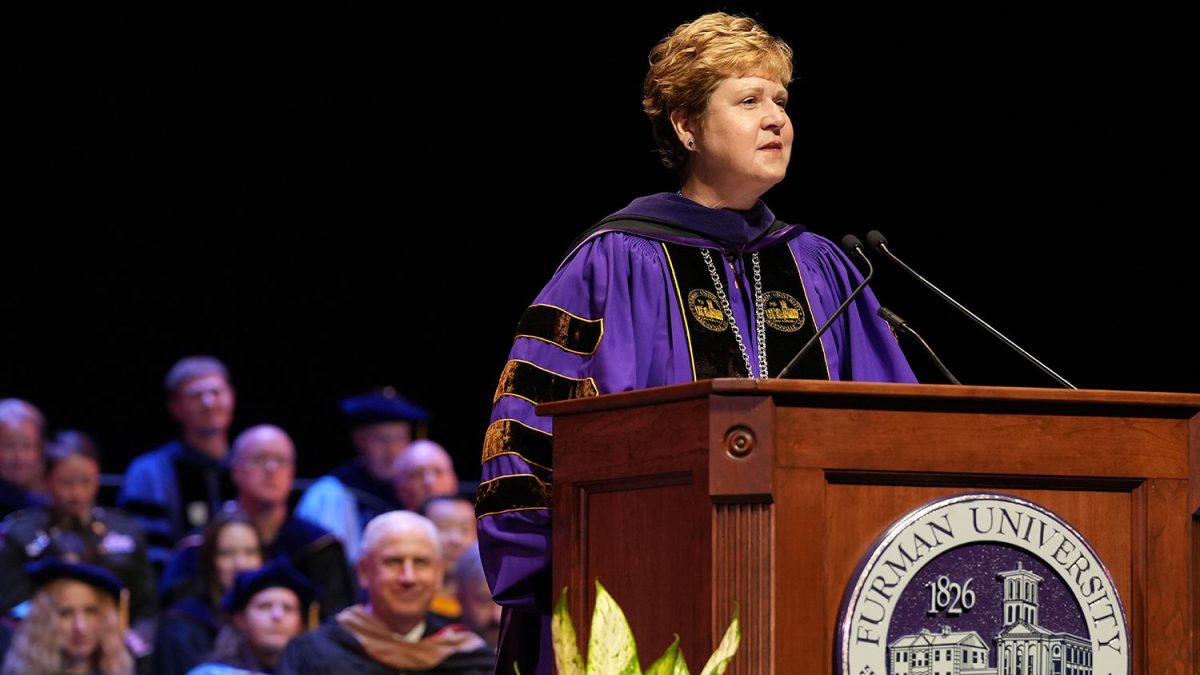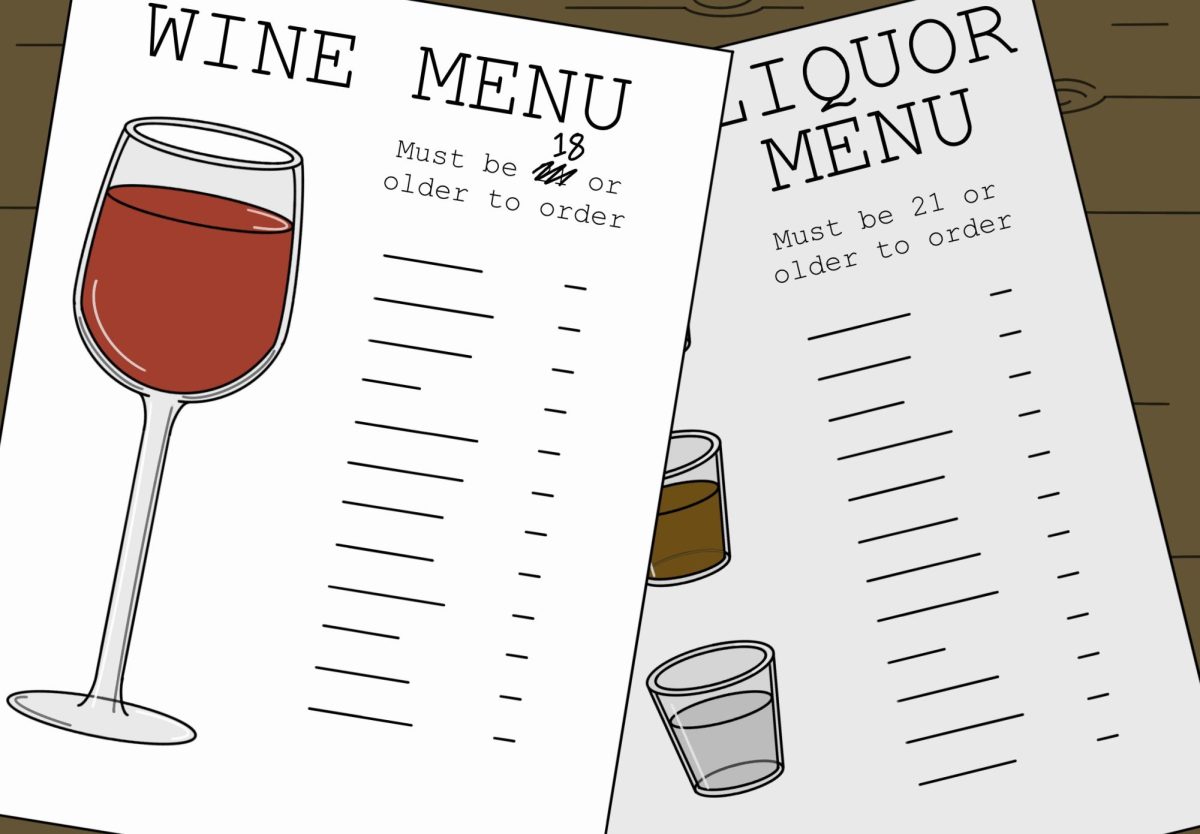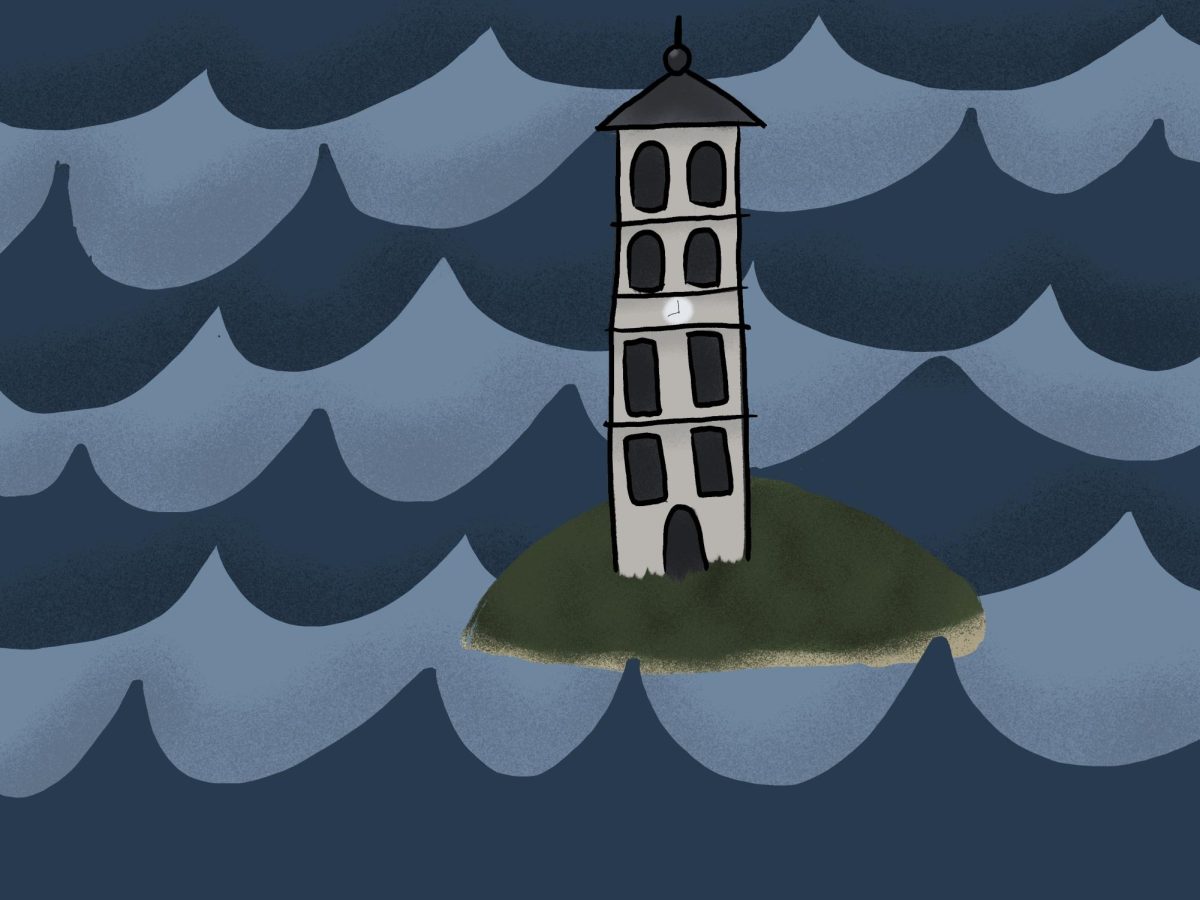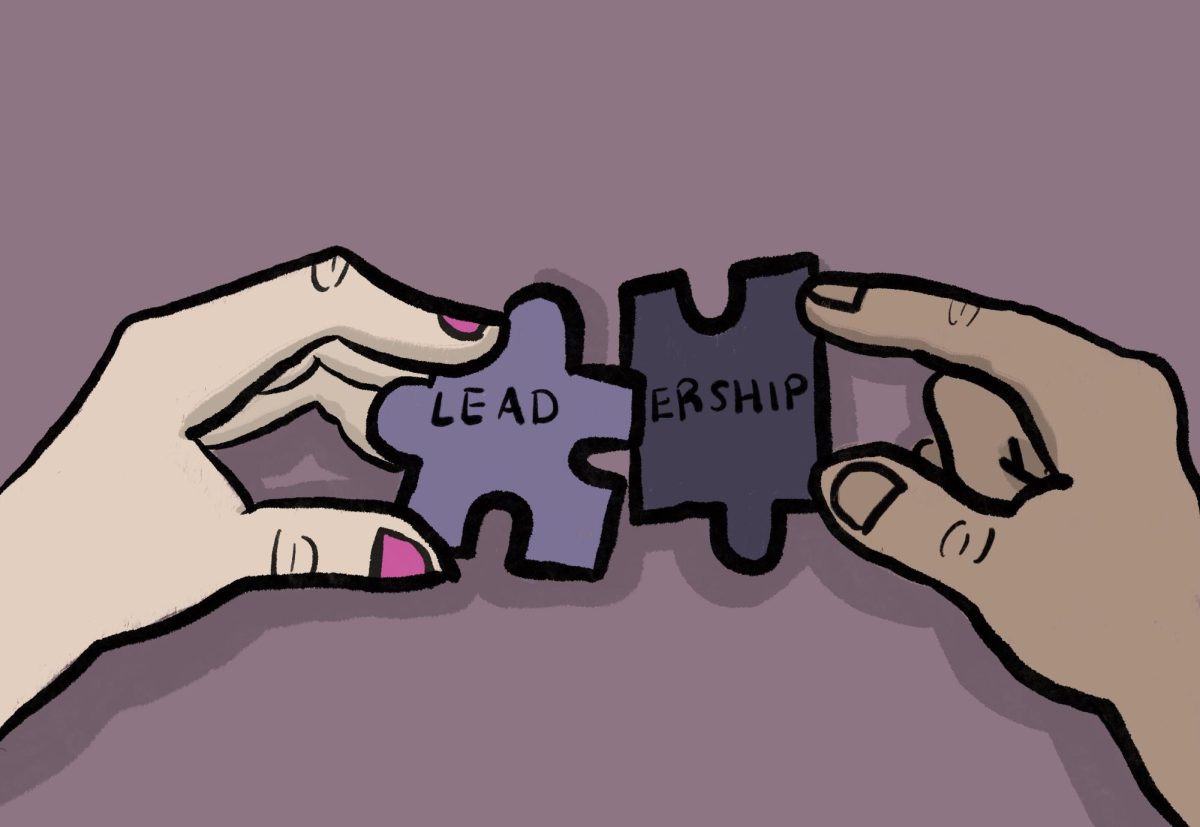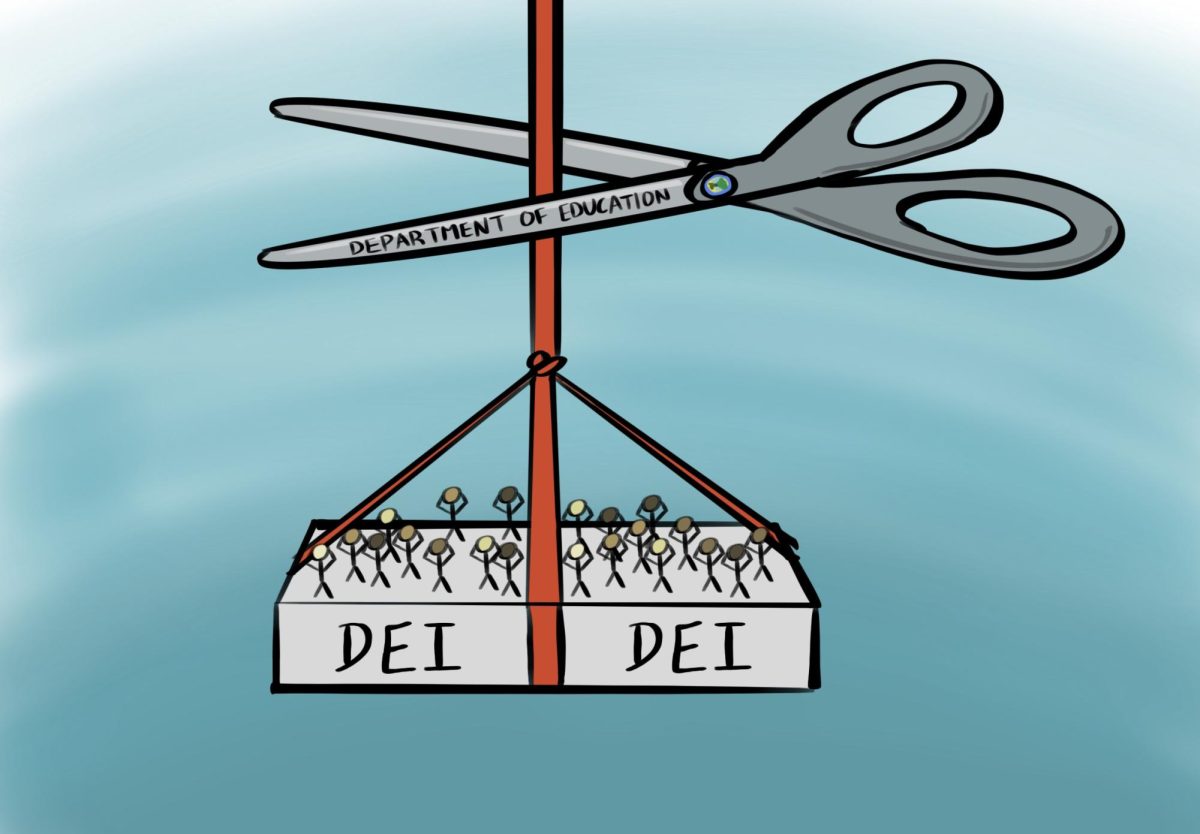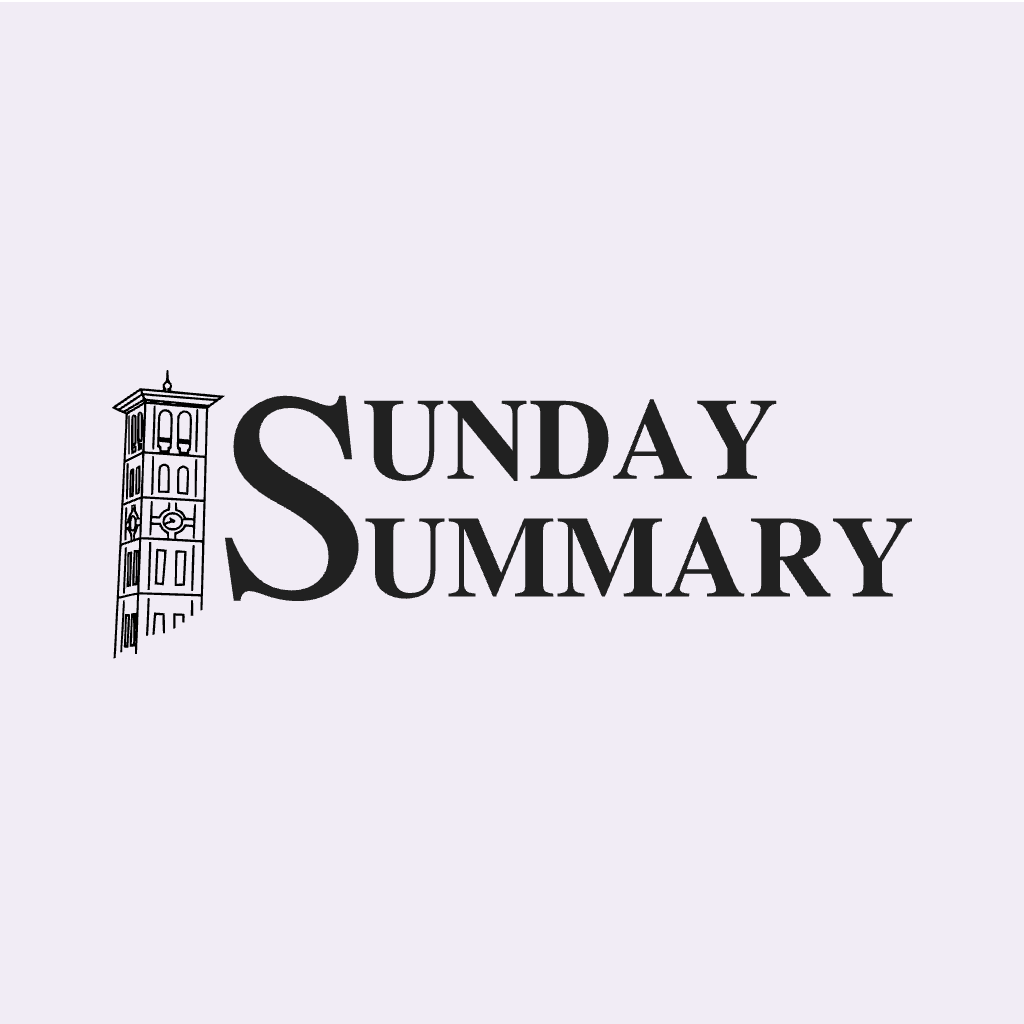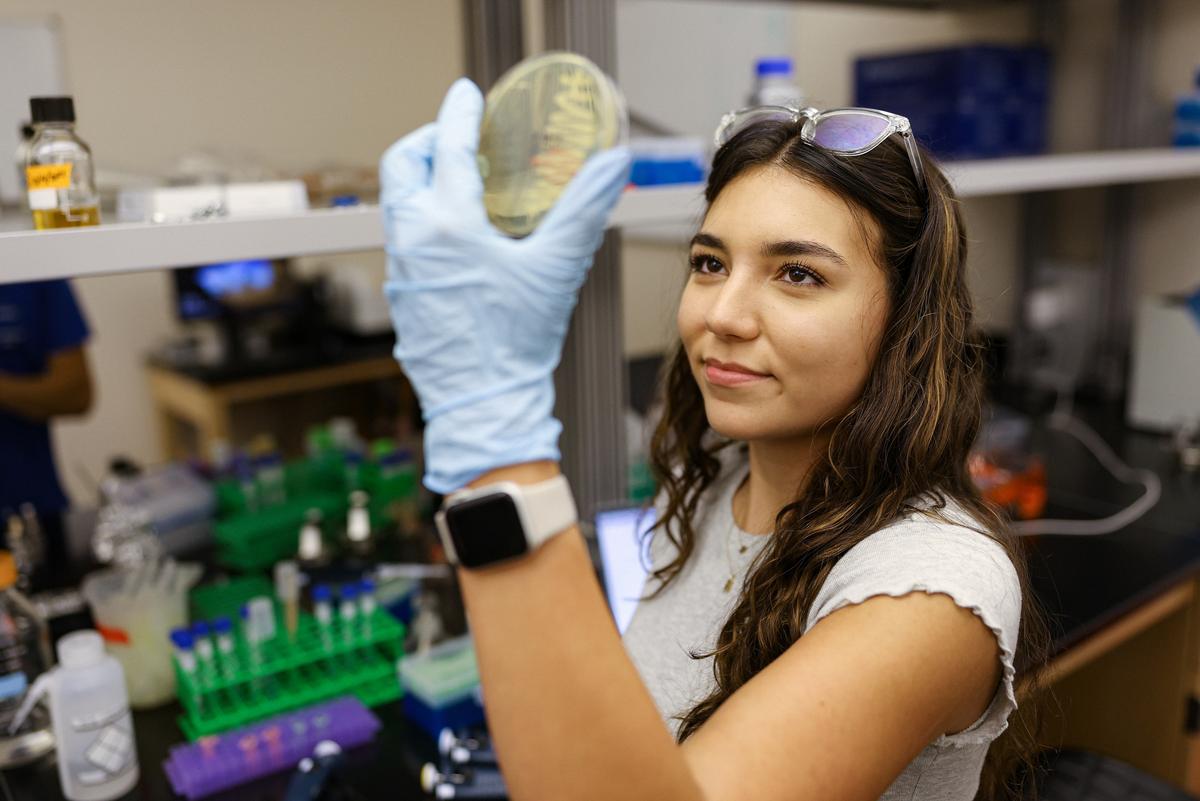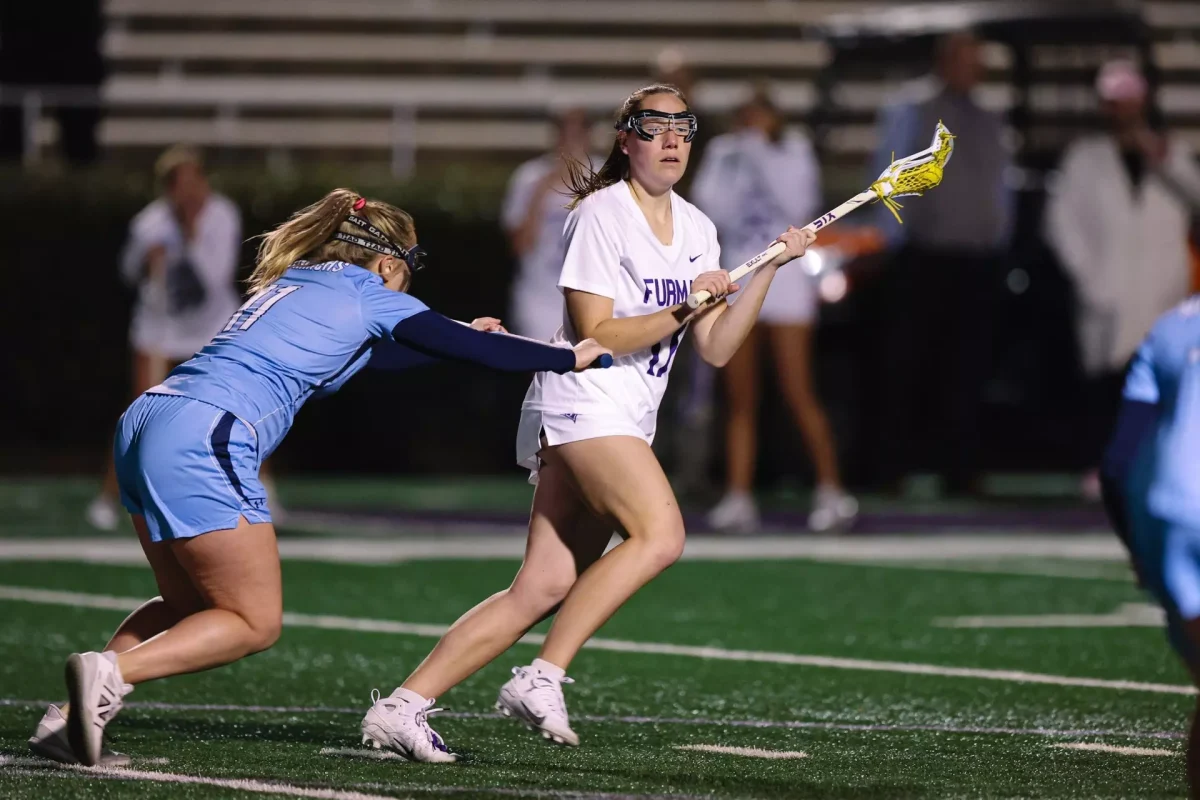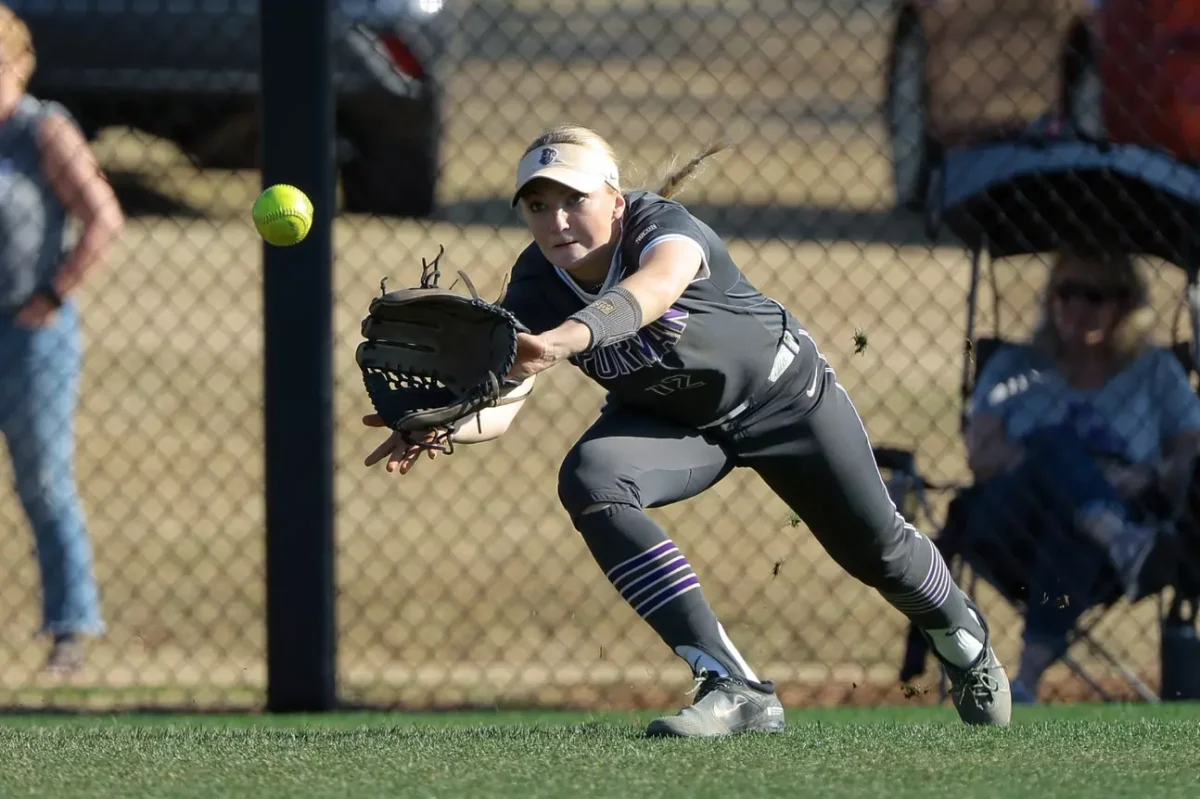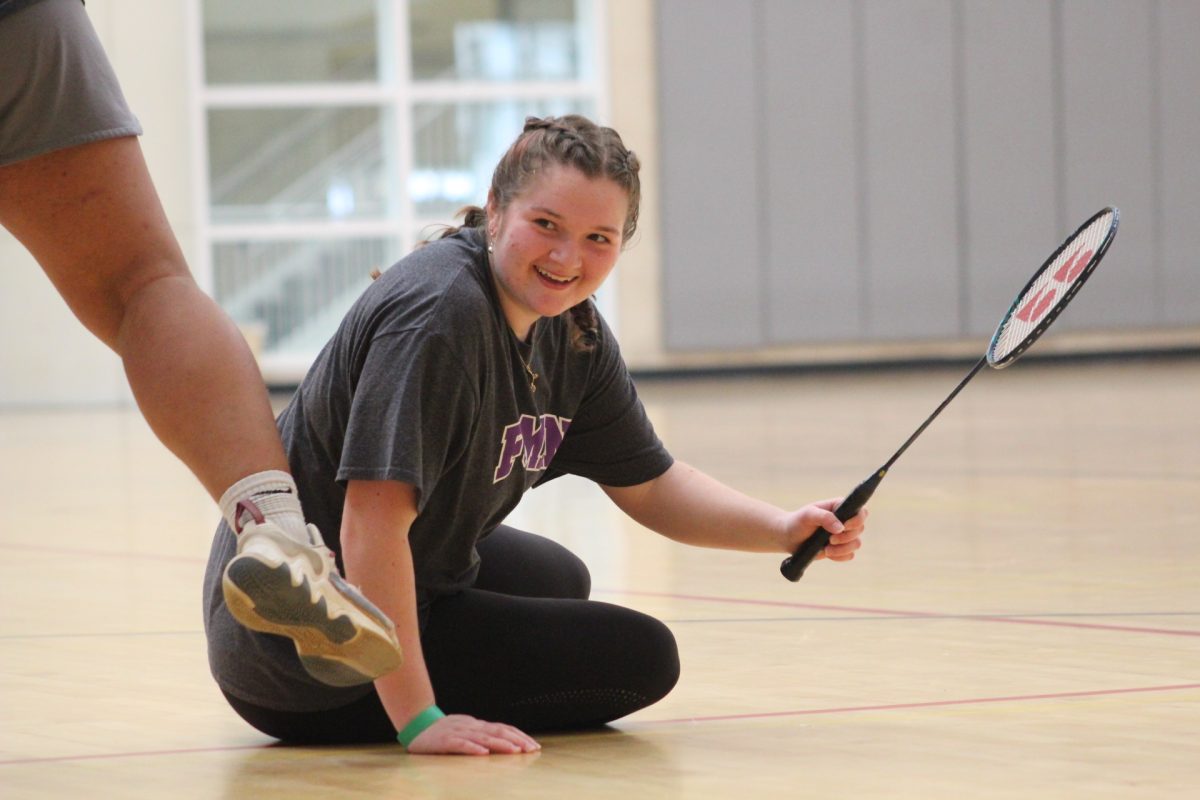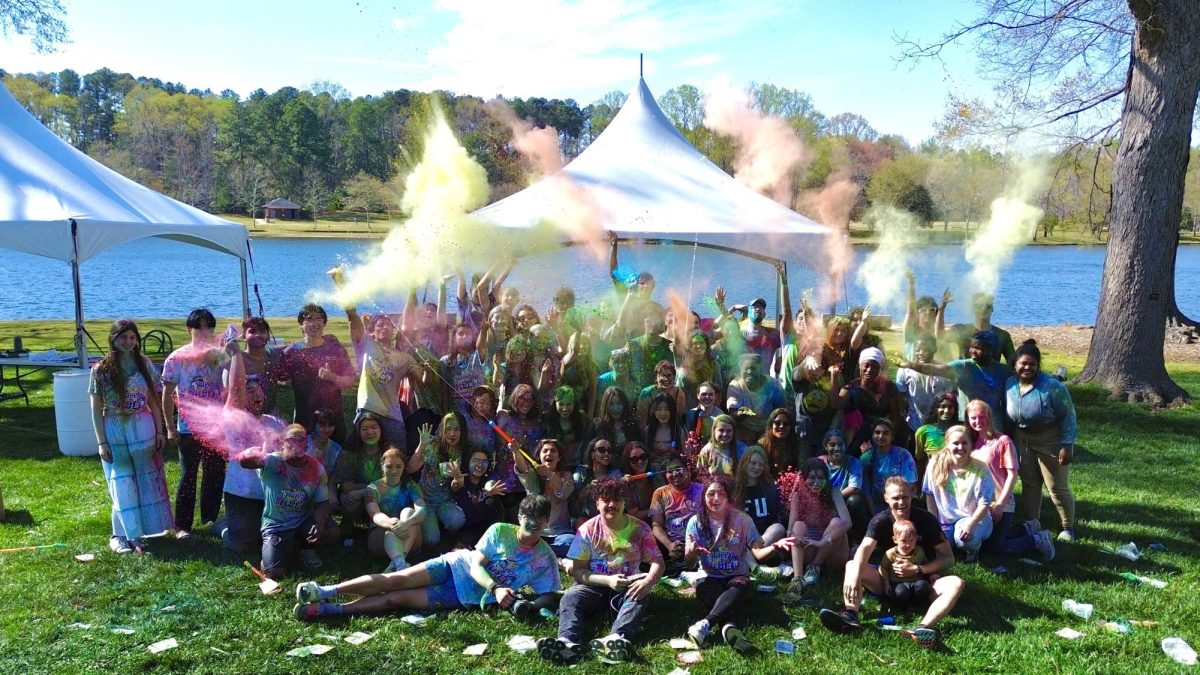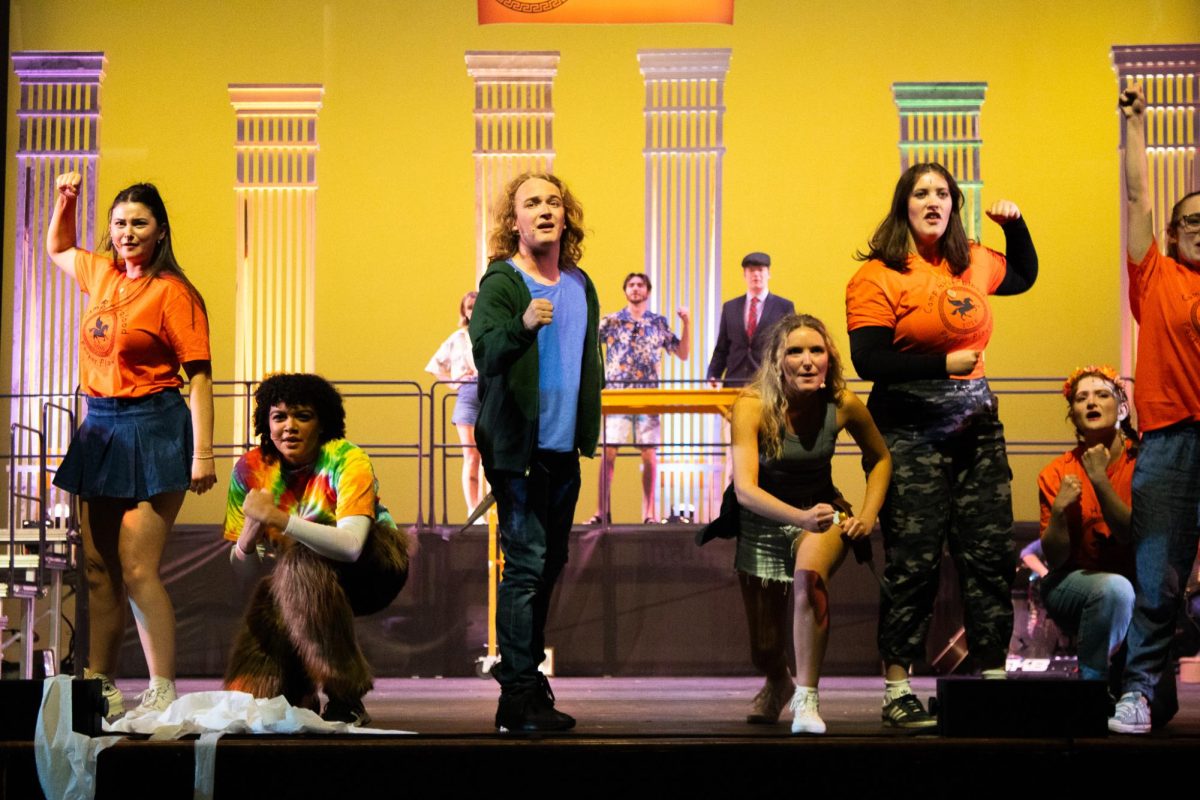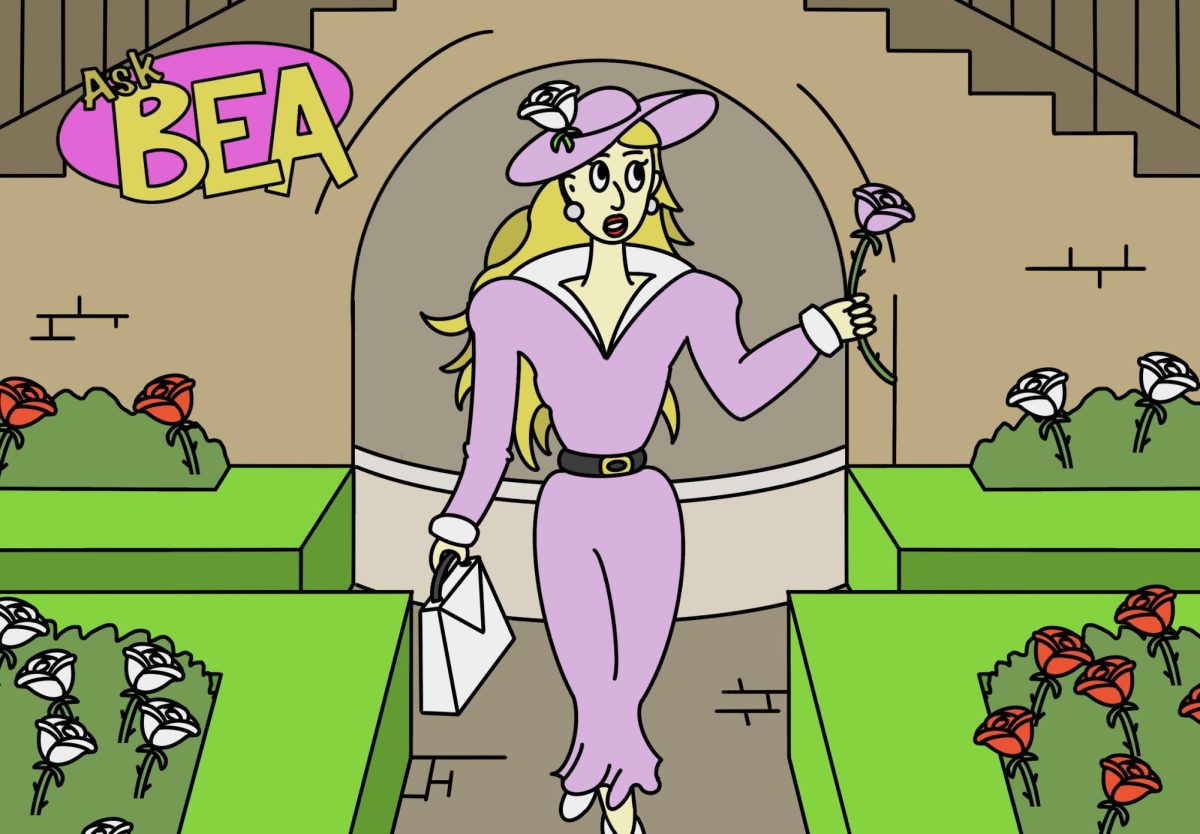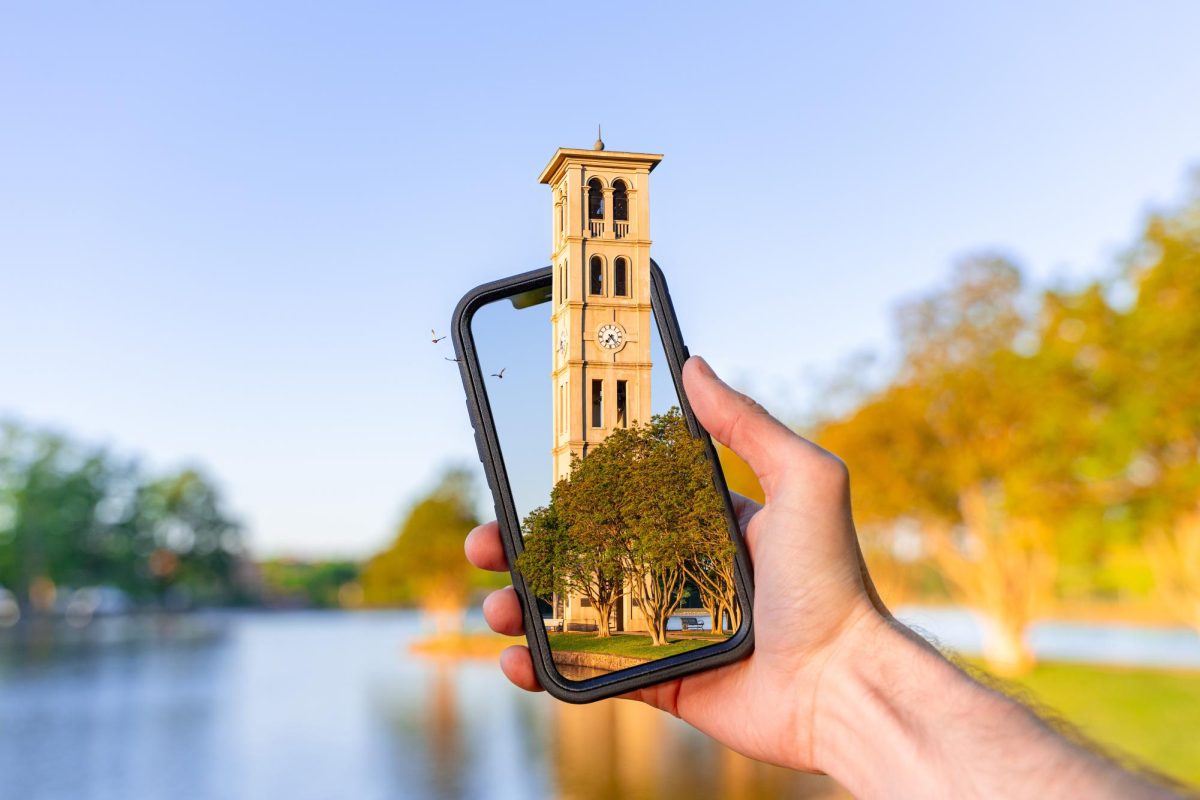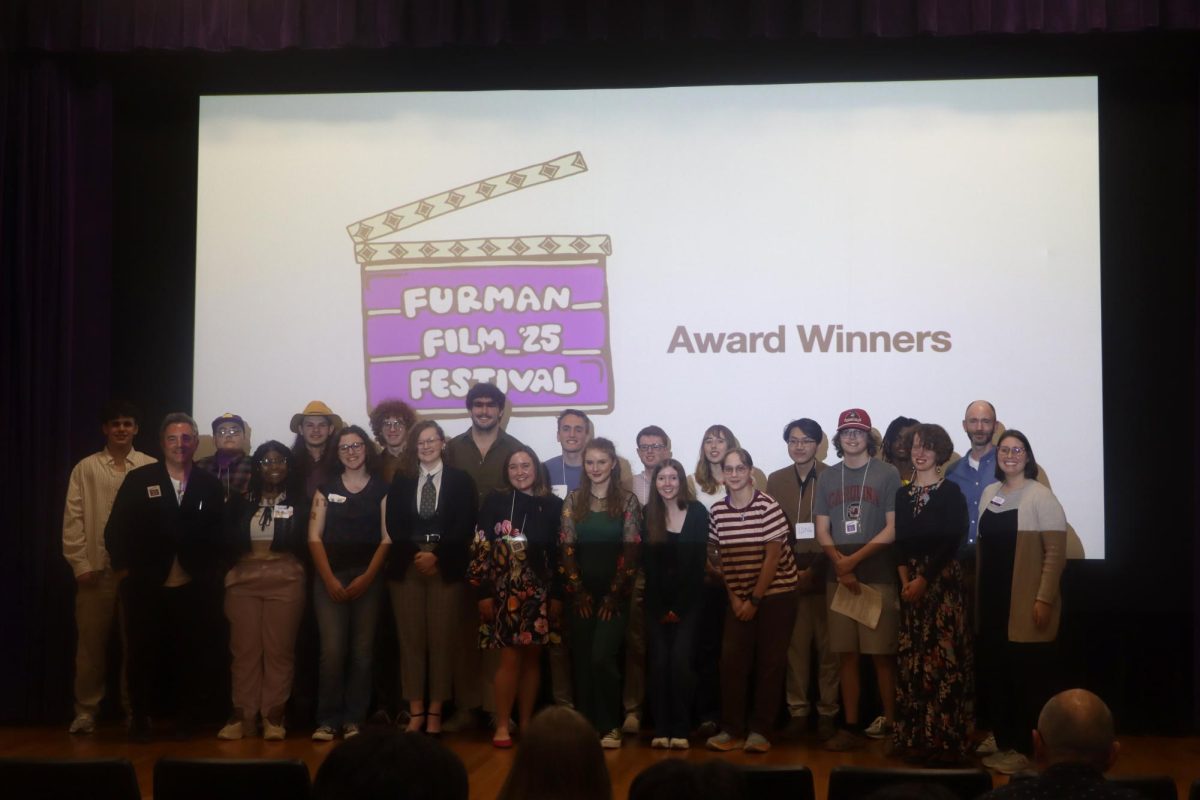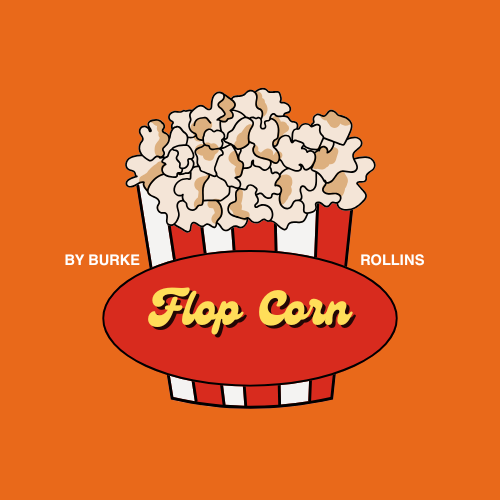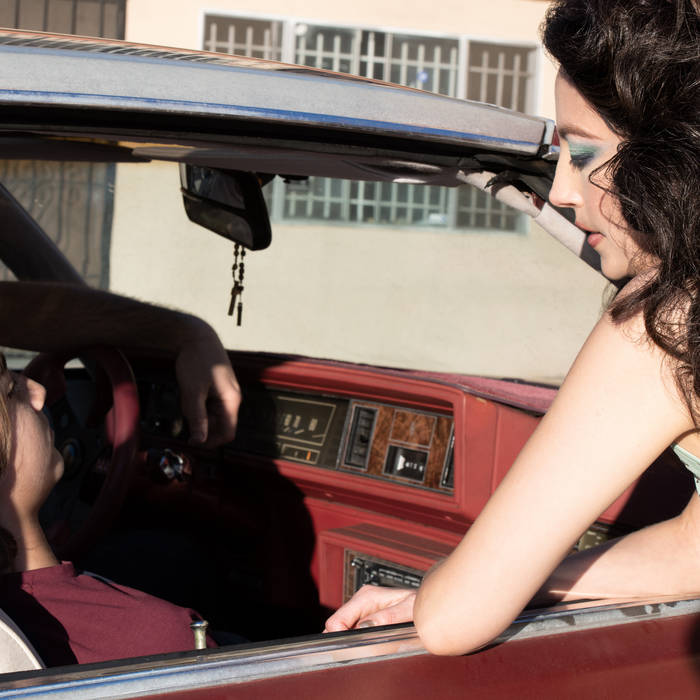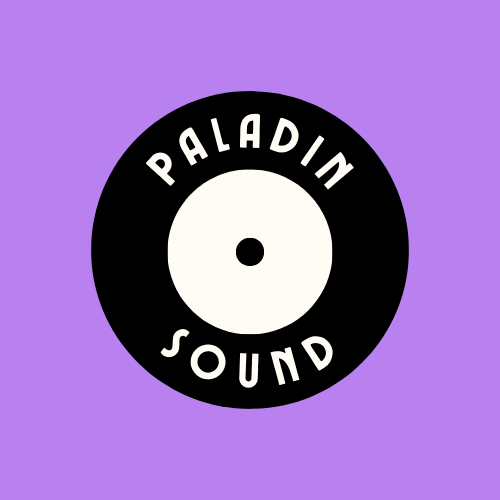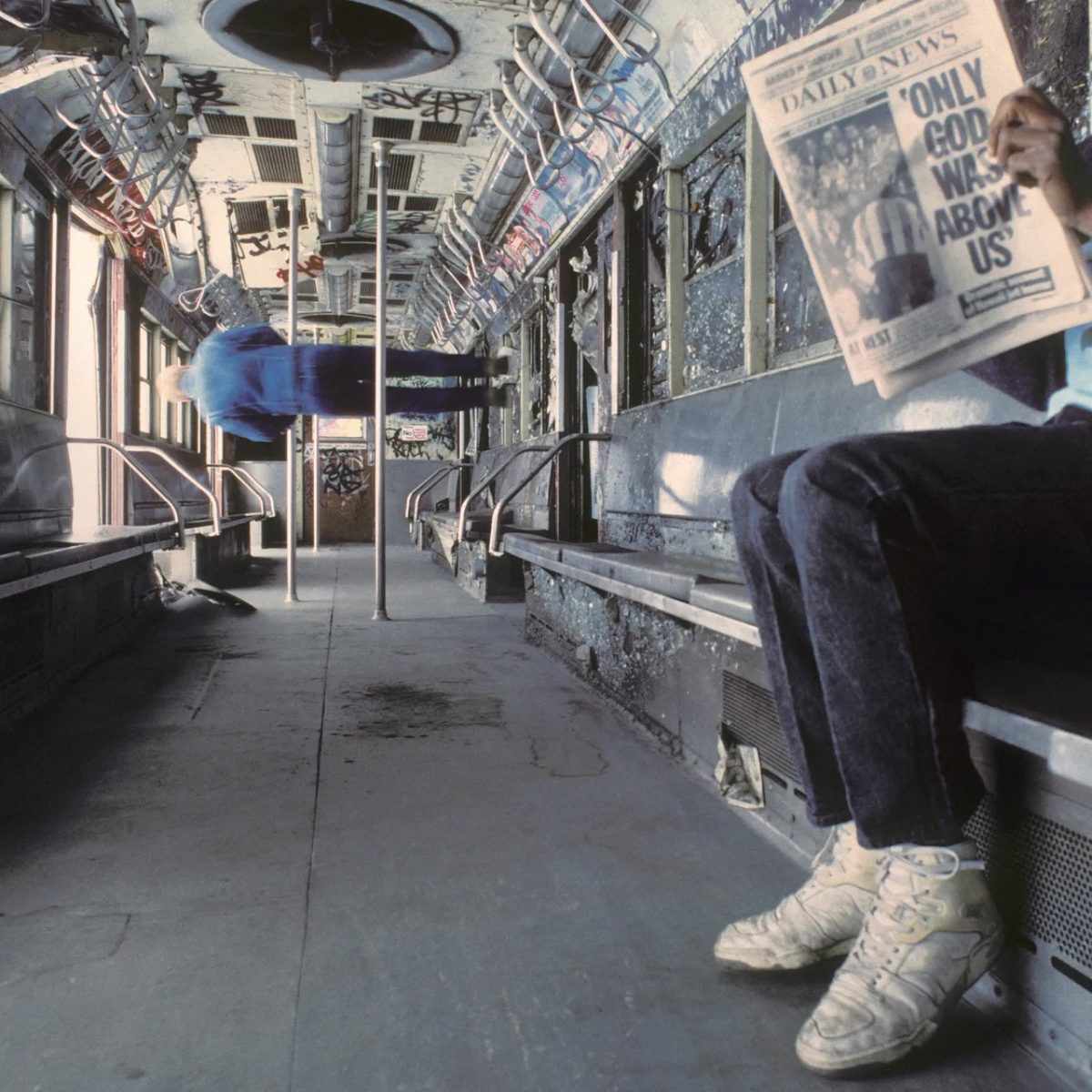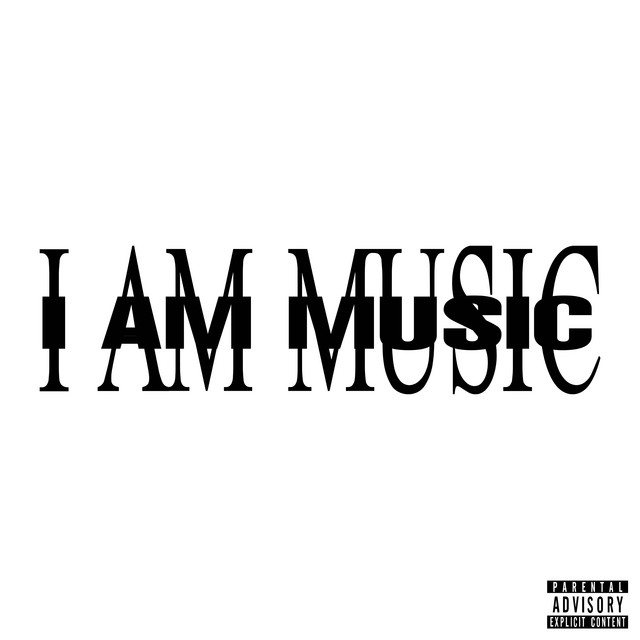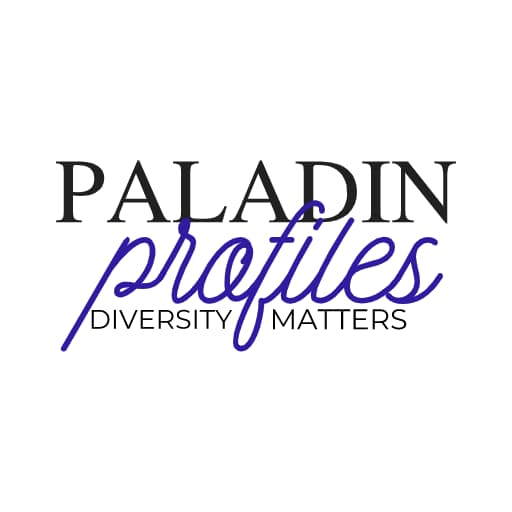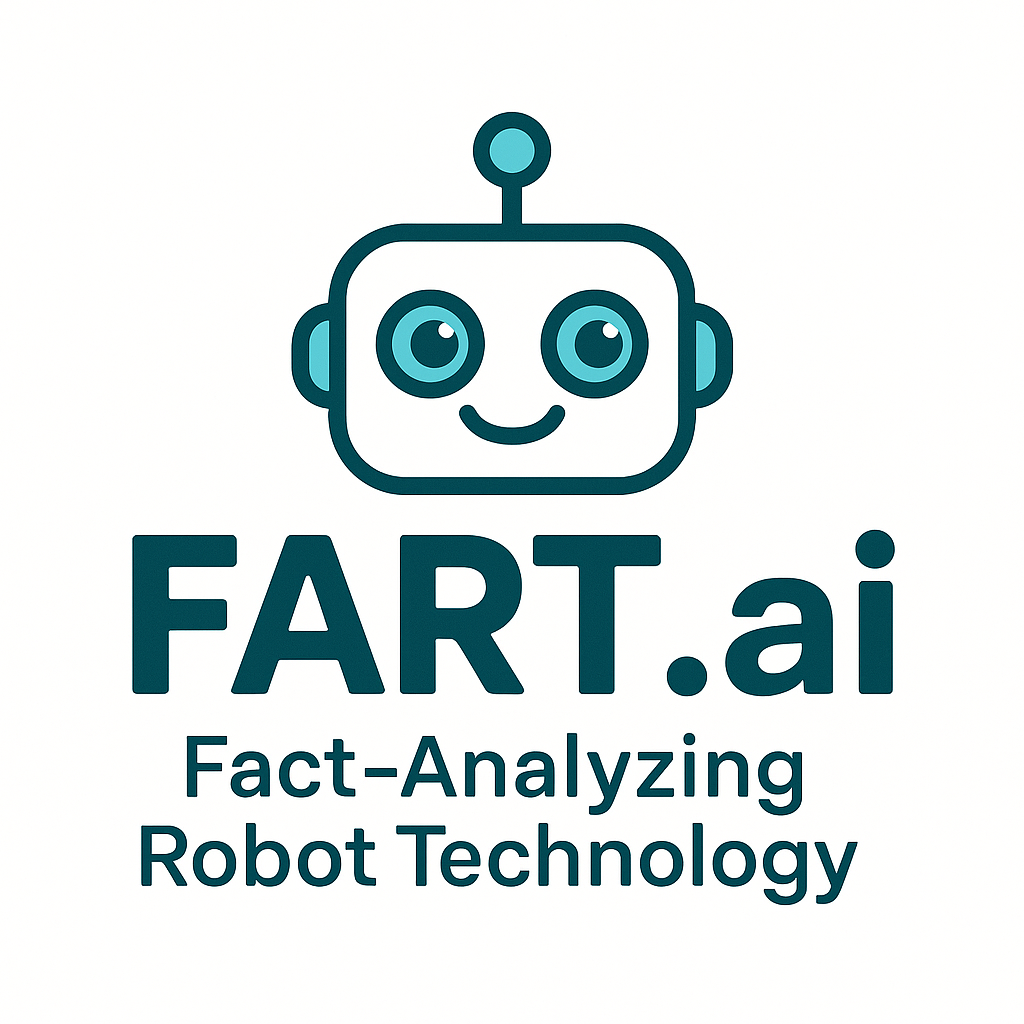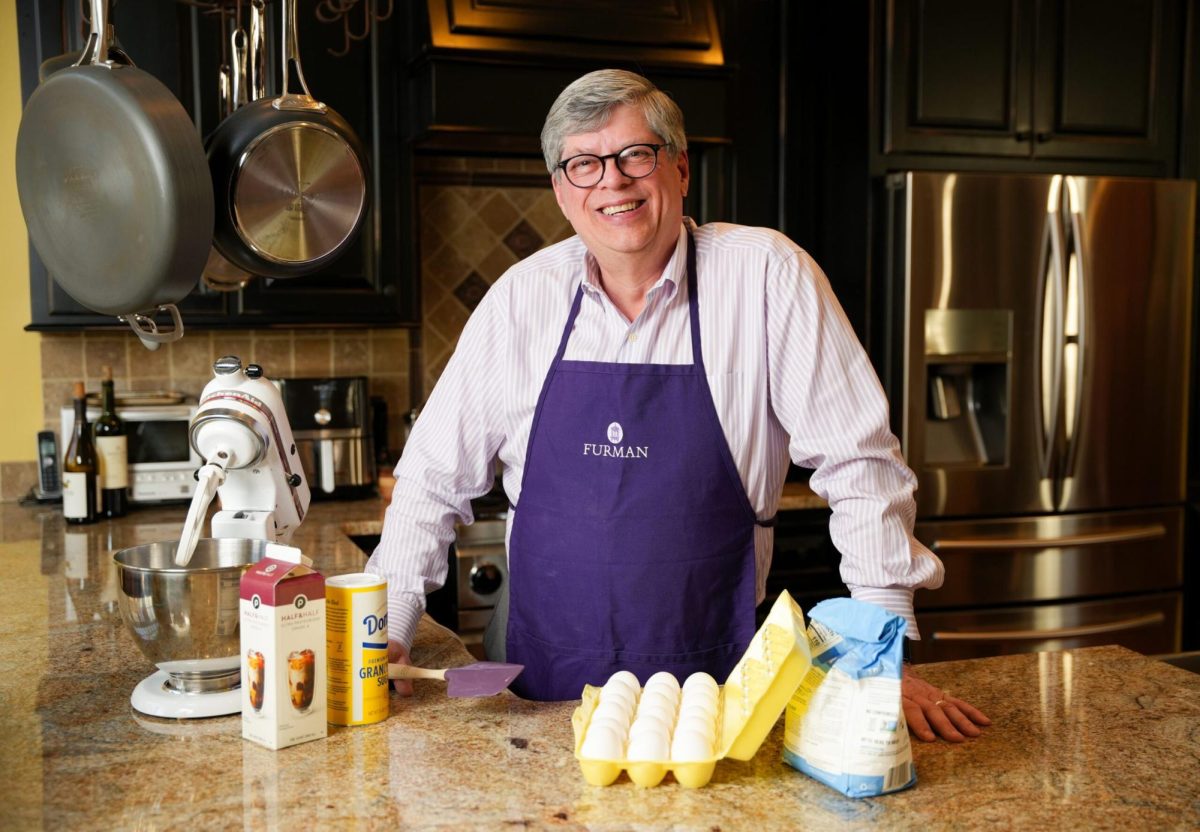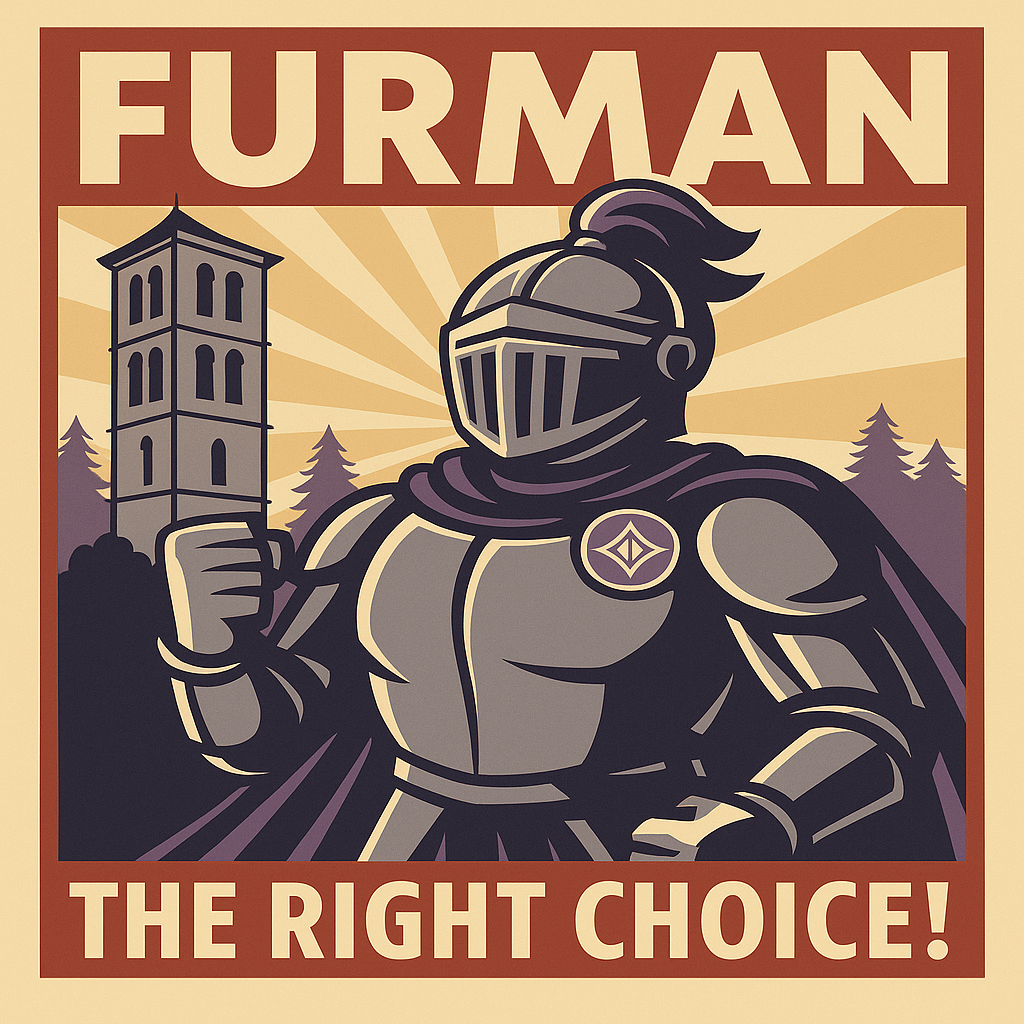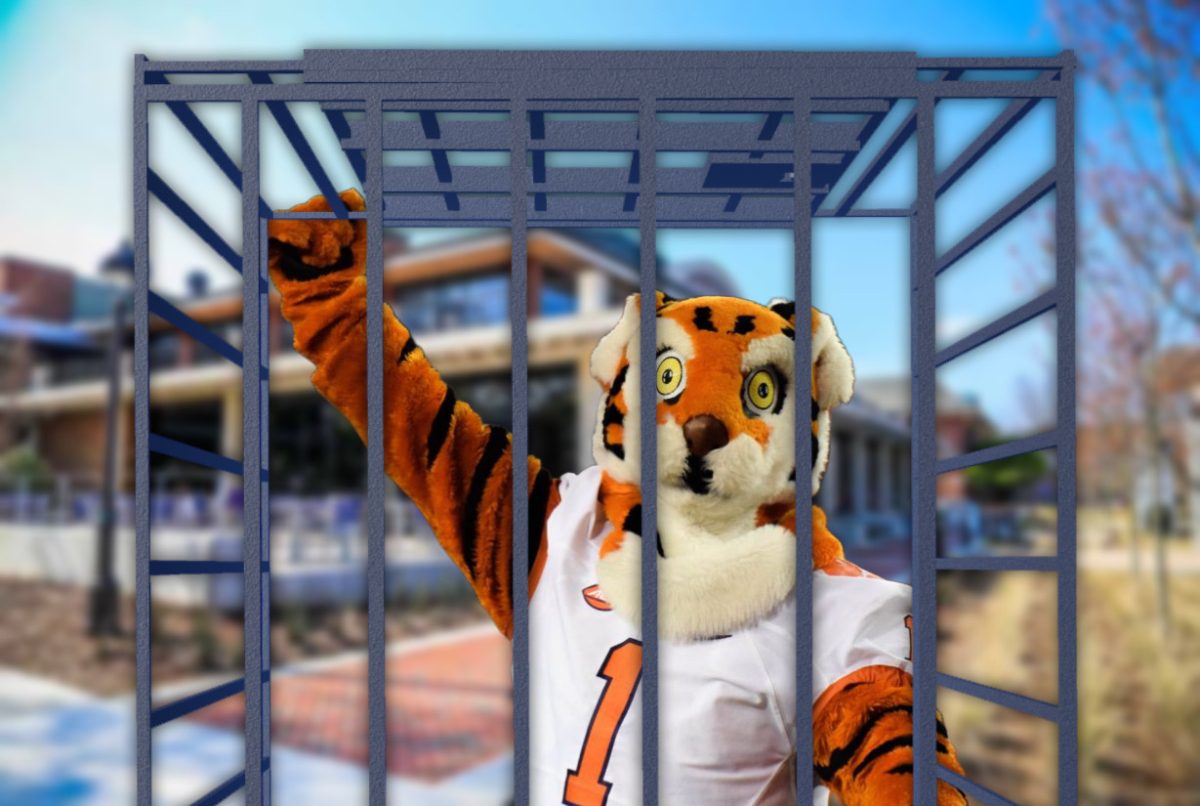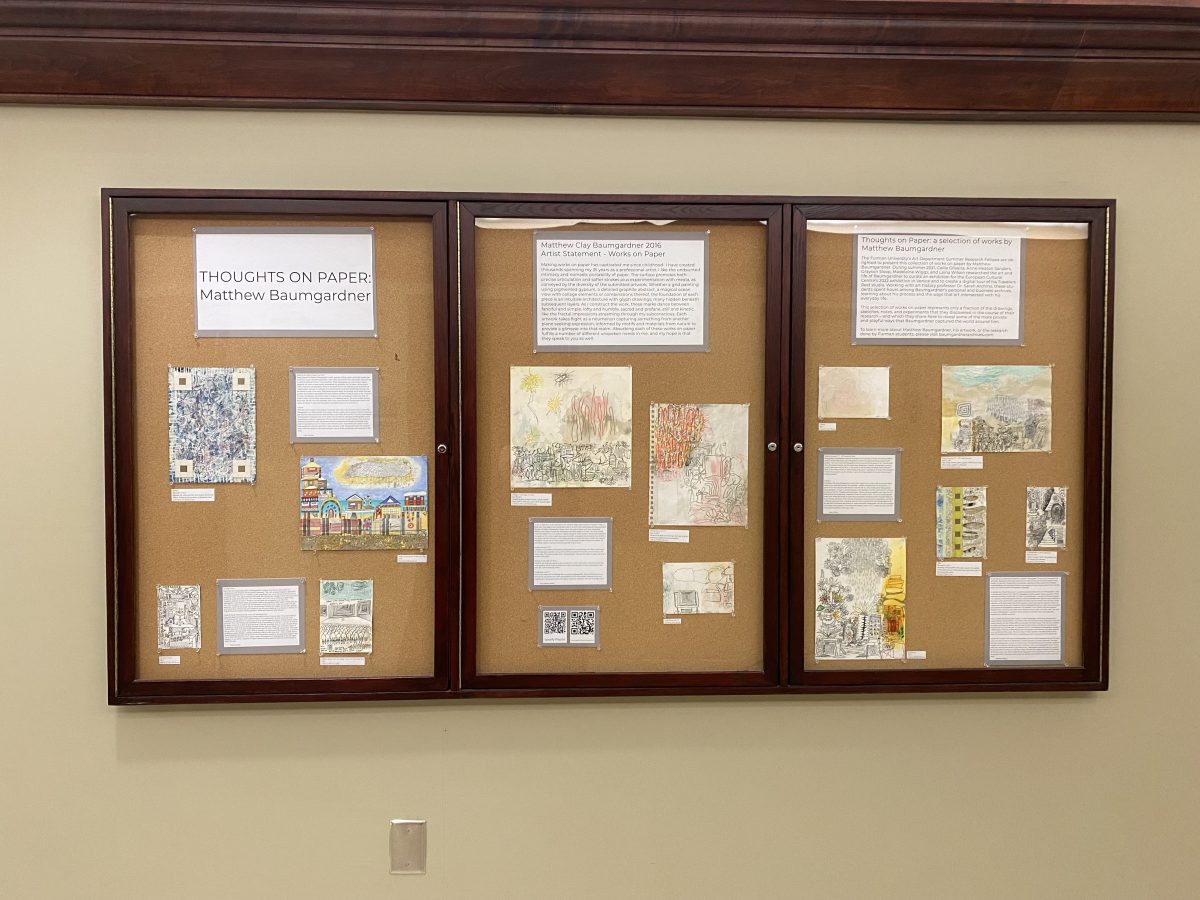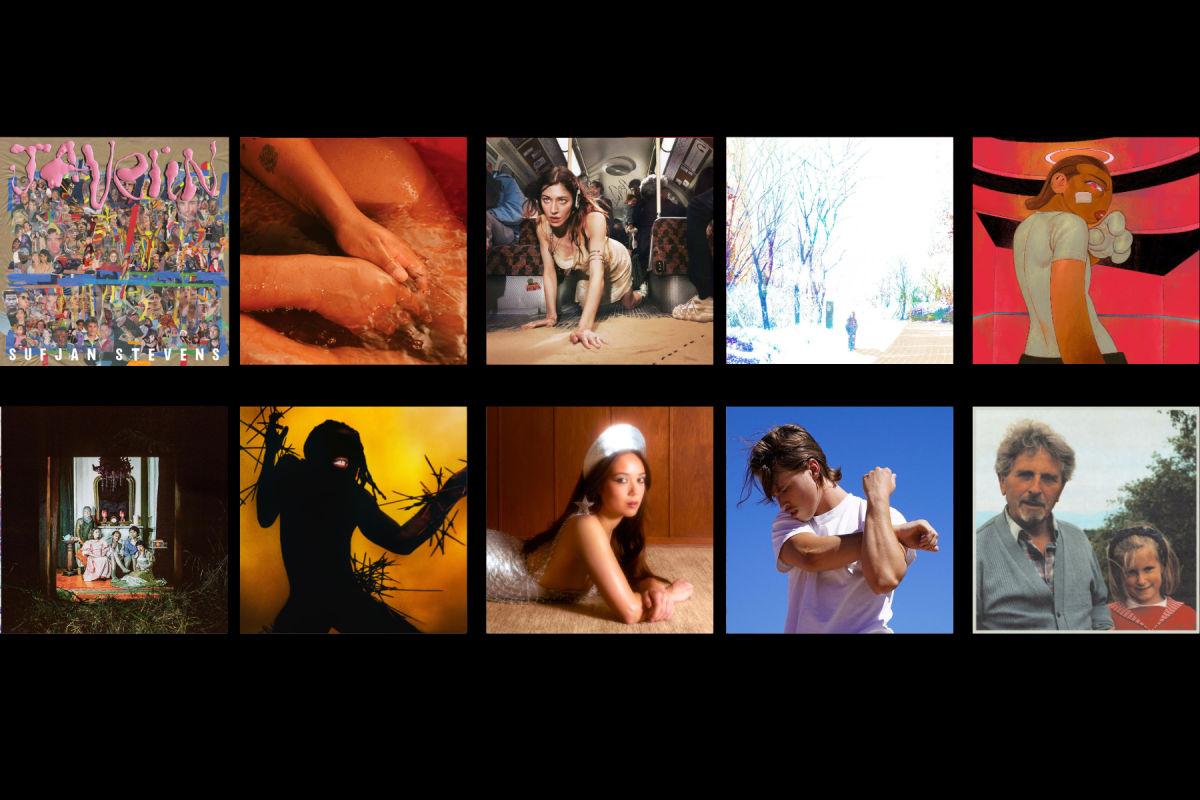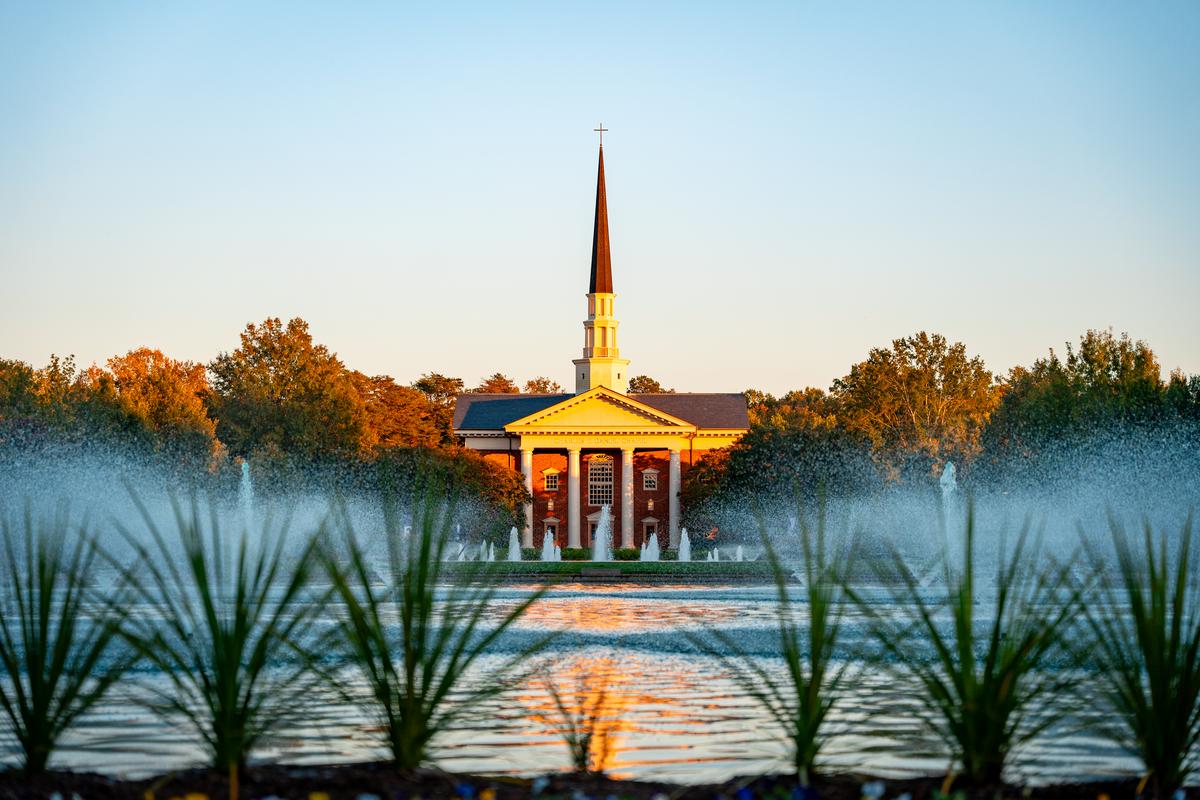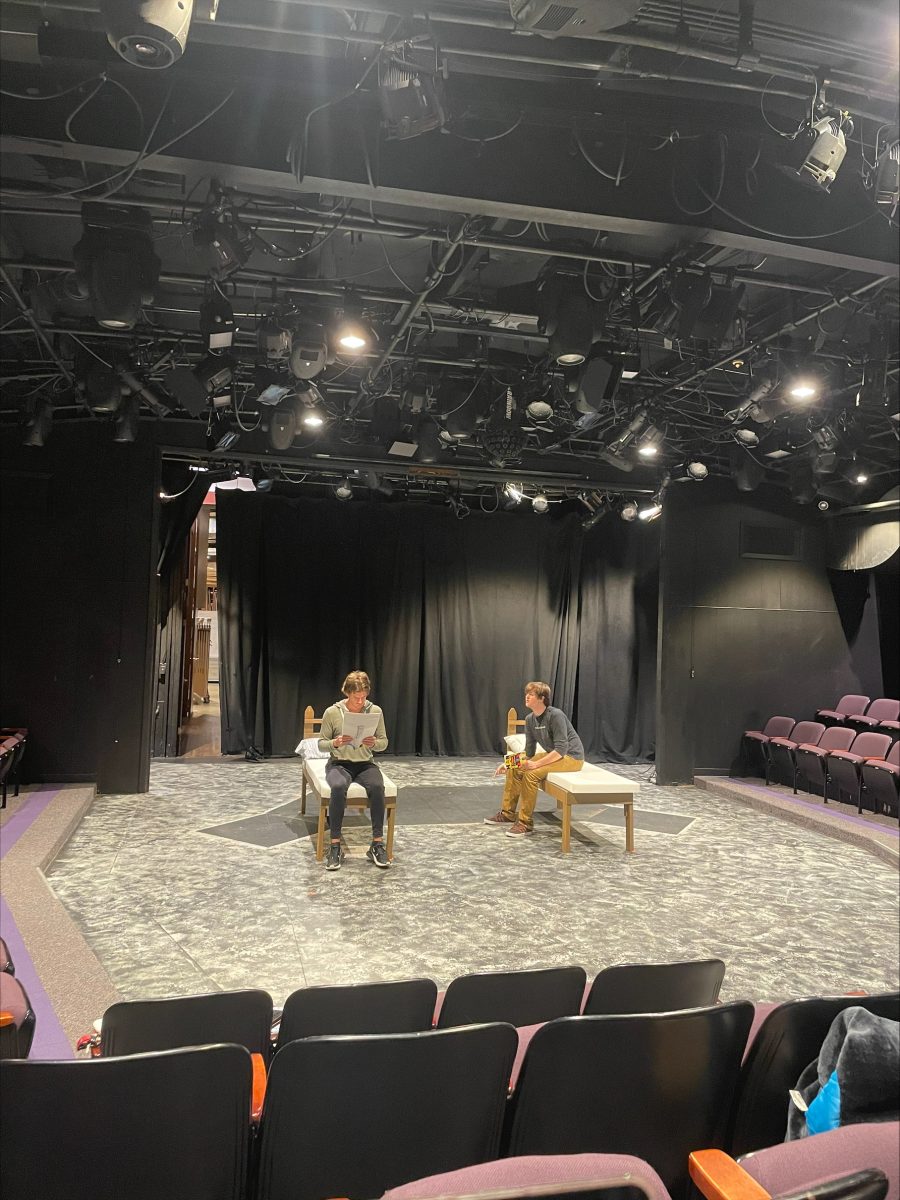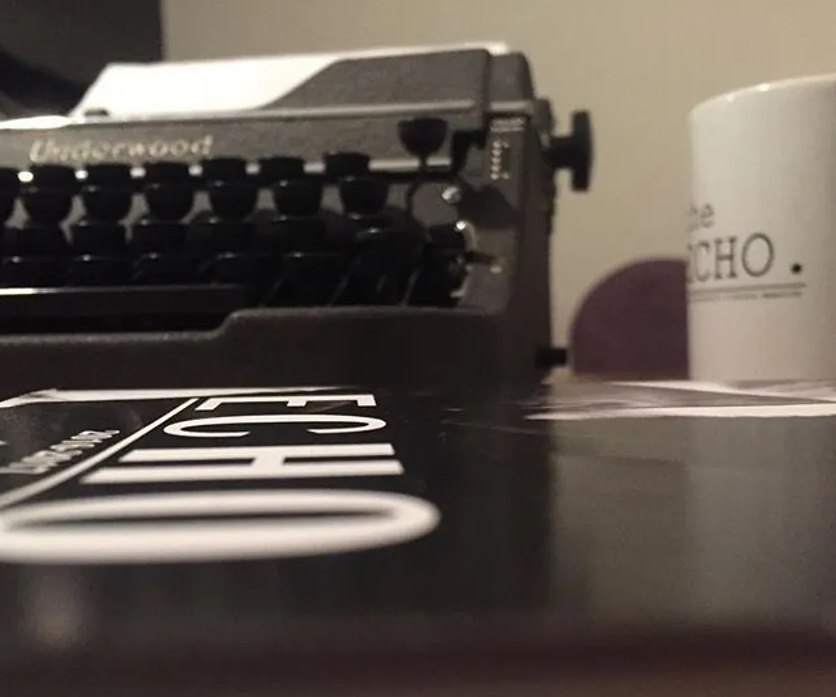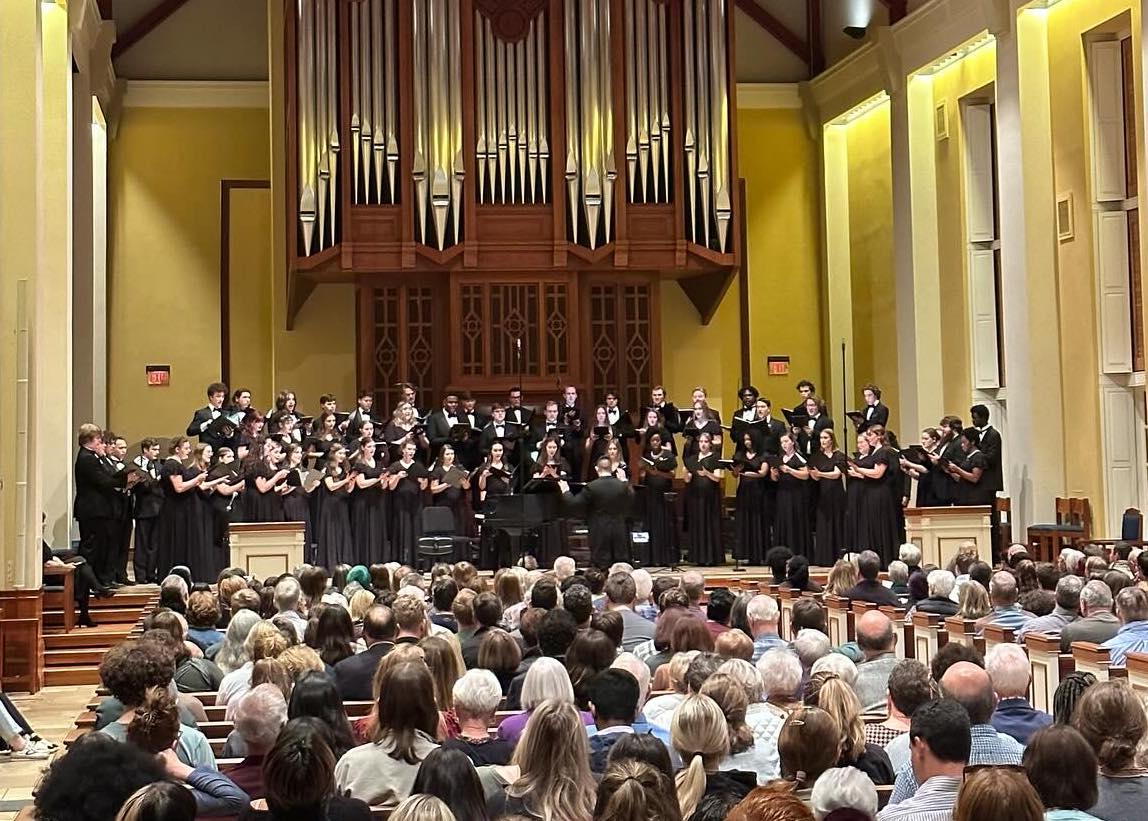This past summer was no three-month state of relaxation for art department fellows Olivera, Anna Heaton Sanders, Grayson Sloop, Madeleine Wiggs, and Laina Wilson — they were busy. Like many Furman students, the fellows spent their summer on campus conducting research. But instead of splicing DNA in Plyler or coding interviews with the Riley Institute, they spent their time exploring the art and life of Matthew Baumgardner. Working under Dr. Sarah Archino and in conjunction with the Matthew Baumgardner Estate, the students set out to create both an exhibition of Baumgardner’s work and a digital tour of his Traveler’s Rest studio. Essentially, they set out to become historians, artists, and digital designers all in one.
It is clear why Baumgardner acted as the focus of the students’ study — while his career was storied and expansive, his ties to the Upstate never wavered. A contemporary artist in style, Matthew Baumgardner (d. 2018) was not only an alumnus of Bob Jones University but a former teacher at the school. And though he relocated to in the midst of his career to dominate the art scene there for almost three decades, he returned to Greenville in 2009 to raise his family and continue his career in his personally designed TR studio. A National Endowment for the Visual Arts Fellow, Baumgardner’s work has been featured in countless collections nationwide and even highlighted multiple times in Greenville’s Museum of Art. His most recent exhibition in Greenville was “Made for Another World,” a collection of 63 pieces which ran for over a year beginning in 2012. Perhaps best known for his signature technique of glyph embedding in pigmented gypsum, Baumgardner’s work challenges the viewer with its abstract complexions, interesting colors, and unique contrasts.
In order to fully immerse themselves in Baumgardner’s life, the fellows and Dr. Archino spent hours within Baumgardner’s archives. They documented the artist’s space, researched his work and life, and studied selected works and pieces.
In addition to the research, the fellows wrote a proposal for the European Cultural Centre’s 2022 exhibition in Venice. The European Cultural Centre’s (ECC) biennial exhibition is titled “Personal Structures” and will display contemporary art from across the globe. With goals of creating awareness, strengthening cultural commons, cherishing human uniqueness, and learning about the qualities within humanity’s differences, the center is a frequent sponsor of art exhibits like the “Personal Structures,” which is also the collection Furman students focused on. For their proposal, the students chose the theme of “transcendence,” picked based on the artist’s handwritten notes found in his studio. Fellow Madeleine Wiggs said her favorite part of the ECC proposal was “researching intimate details of Baumgardner’s life and culminating all of that into a larger theme.”
In addition to their proposal, the fellows also showcased a fraction of Matthew Baumgardner’s works towards the conclusion of their research. The exhibition focused on his works on paper — essentially art created using paper as the medium — of which he created thousands during his life. In 2016 Baumgardner remarked that “the surface promotes both precise articulation and softer strokes plus experimentation with the medium;” so while paper captivated Baumgardner, his works on it captivated the fellows researching them.
Located outside Furman Hall 118, the showcase, titled Thought on Paper, allows passersby to learn about both Baumgardner and the fellows, for under each work of art there is an accompanying student description of the piece and an informational statement about the inspiration behind the display and an overview of their summer research as a whole. For those seeking further immersion into the fellows’ summer, they can listen to the student-curated Spotify playlist they made while working on the digital tour of Baumgardner’s studio. Wiggs especially enjoyed constructing the Furman Hall exhibit because “it was incredible being able to flip through the many binders and portfolios of his work and choose specific ones that spoke to us.”
This exhibit is not the first time Matthew Baumgardener’s work has been displayed on campus. Last year, “Matthew Baumgartner: Grids and Glyphs” exhibit was the culmination of the Curatorial Issues and Practice class.

